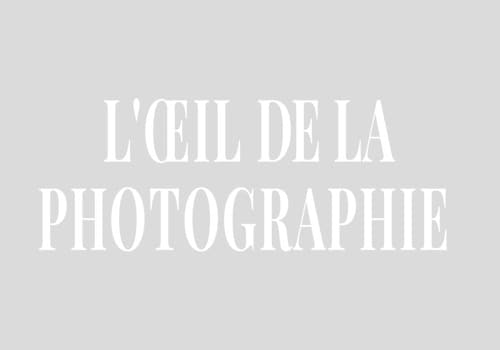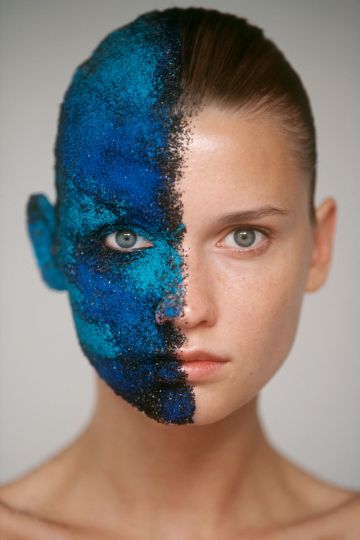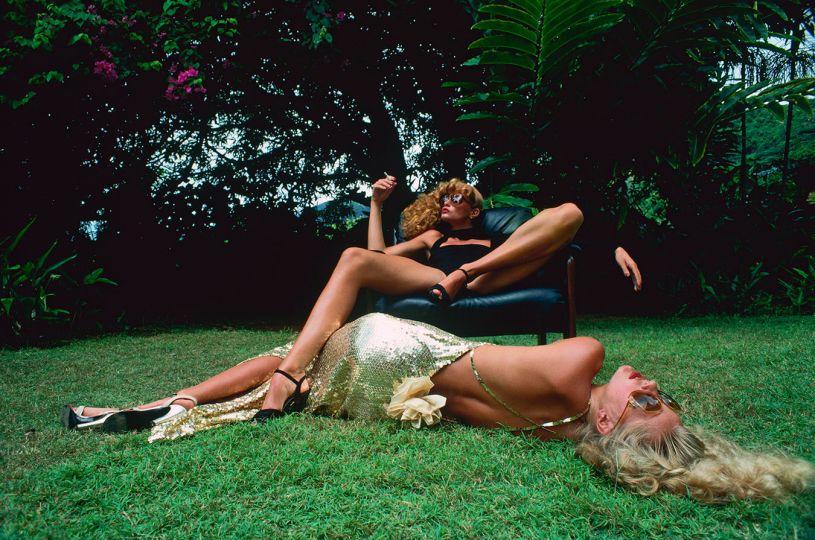Up to his last day, photography and the vast world would be his lifelong passions. Charles-Henri Favrod, who left us just shy of his 90th birthday, was a man of meetings and discoveries. As he had confided in me in his book of interviews (1), to light, he preferred shadow. “I really like being retired, being able to consider what’s going on,” he said. Retired, Charles-Henri Favrod? Senior reporter for the Gazette de Lausanne and the Radio Suisse Romande, demanding journalist, he knew how to put a distance between the events and the players. Favrod was a watchman. High from his watchtower, Favrod was one of the first to take a look at Africa, the Arab countries, and problems linked to decolonization. In 1950, at the age of twenty-three, he went to Indochina, where Lucien Bodard welcomed him. Two years later, before going to Algeria for the first time, in Cairo he met Ahmed Ben Bella to whom he would dedicate a “Destiny” on Television Romande in 1982.
In Algiers, he met the members of FLN and published in 1959 with Plon “The Algerian Revolution”, whose main players he met. This book unleashed passions in France. How could a Swiss citizen dare intervene in a purely French problem, protested Maurice Clavel. This overlooks what Favrod had already discovered, in 1955 with photographer Yvan Dalain,the daily life conditions of the Algerians. And to quote Albert Camus, “The French made Algerians a nation of vagrants.” While he liked to stress that he owed a lot to Algeria (“It gave me a political consciousness”), in return he helped the country by working on secret meetings that lead to the signing, on March 18, 1962, of the Evian Accords, an agreement putting an end to the War in Algeria.
Already the father of two children (his third son, Justin, was born in 1963), Charles-Henri Favrod decided to organize his life: “My absences were posing a problem.” He agreed to embark on an Editions Rencontre adventure, continuing to manage the EDMA (Encyclopédie du monde actuel) Encyclopedia that he had started and working on a collection of books and photographs for the Guilde du Livre. In 1969, he created “Télévision Rencontre” with talented film makers doing portraits like “Idi Amin Dada” (Barbet Schroeder), “Mitterrand” (Yves Boisset), and Alexandre Astruc’s “Giscard d’Estaing”. But the first film produced is a “Chronicle of a French city under Occupation”, Clermont-Ferrand. This feature film, which had global success and was awarded at the New York Festival, opened up the painful debate of Vichy France. During one of our conversations, Charles-Henri Favrod reminded me that he did not have a title for this film: “We were finally inspired by one of the characters, Verdier the pharmacist, who, when asked what memory he had kept from that time, responded, ‘Oh, a memory of both sorrow and pity.’ ”
Senior reporter, editor, photojournalist, and author of many books, Charles-Henri Favrod again was proactive in creating in 1985, after having long fought for it, a museum “entirely devoted to photography”. “Photography, he notes, is one hundred and fifty years of negligence and oversight!”Following a proposal by Counsellor of State Pierre Cevey, the Elysée museum quickly established itself as the main museum for photography in Europe. In the space of ten years, Charles-Henri Favrod restored photojournalism, exposing Robert Capa, René Burri, Sebastião Salgado, Cartier-Bresson, Robert Doisneau, Pierre de Fenoyl, Gérard Rondeau, Robert Franck, Mario Giacomelli, Simone Oppliger, and many others with whom he became friends. Beside the exhibitions, he launched “La nuit de la photo” and, until 1996, expanded the collections of a museum now directed by Tatiana Franck. After leaving the Elysée, at the time marked by a few controversies, he worked for the Musée dei Fratelli Alinari (2006), in Florence.
The moment the man who taught us how to figure out the world disappeared, his last book, devoted to his precious collection of photographs, left the press. Its title sums up the work of Charles-Henri Favrod: “Le vaste monde” (The Vast World).
Patrick Ferla
Patrick Ferla is a journalist and producer at Radio Suisse romande, in Switzerland.
(1) La Mémoire du regard, 1997, Ed. Favre ; « Le vaste monde », Editions Bernard Campiche.
















